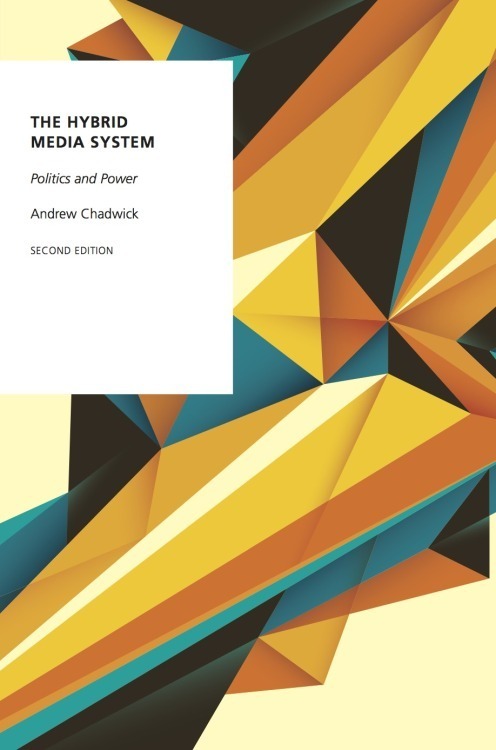New Study—The Campaign Disinformation Divide: Believing and Sharing News in the 2019 UK General Election
/Cristian Vaccari, Johannes Kaiser, and I have a new study out in the journal Political Communication:
Vaccari, C., Chadwick, A., & Kaiser, J. (2023). The Campaign Disinformation Divide: Believing and Sharing News in the 2019 UK General Election. Political Communication. https://doi.org/10.1080/10584609.2022.2128948
During the 2019 UK general election campaign (an unusually important one, known as the “Brexit election”) we were lucky enough to be able to add some of our own customized questions (free of charge) into Opinium’s omnibus election tracker survey, across two waves—around the middle of the campaign and shortly before election day in December. This was part of a longstanding data partnership with Opinium that I established when I founded the Online Civic Culture Centre in February 2018.
What we did
For this study, we were interested in testing whether the different kinds of news diets people consume might differentially equip them to discern between true and false news. We also wanted to examine whether there were any connections between discerning true and false news and sharing those types of news on social media.
In these two surveys of samples mirroring the adult population (total N=4018), we showed respondents 24 different news statements and asked if they had seen them before, whether they believed them, and how likely they would be to share them on social media. The statements included actual disinformation that was circulating and had been fact-checked during the campaign, placebos that did not feature in the campaign but which we carefully constructed to resemble actual false statements spreading at the time, and true statements that were being reported during the campaign.
We also asked people where they got their news from, from a very long list of possible outlets.
Our findings
The more that respondents received their campaign news via professional news organizations, the more they were able to distinguish true from false information. Conversely, the more that respondents used social media for campaign news, the less they were able to distinguish true from false information.
These differences also shaped the intention to share true versus false news. False news, once perceived as accurate, was more likely to be shared than true news. This “campaign disinformation divide”—between getting news from professional journalistic organizations and news from social media—has important implications for contemporary election campaigns.
It’s all about the blend
In this study, we wanted to explore media diets and to avoid testing the relationships between individual media outlets and these outcomes. Most people get their campaign news from a variety of different sources. It’s the blend of different types of source in the media diet that really matter—how sources lump together in identifiable ways, as we saw with our divide between those who mainly use professional media and those who skew toward social media use during a campaign.
However, to explore our results further we undertook a large number of additional tests where we isolated individual sources rather than combine them together. This produced two intriguing exceptions. Use of tabloid news, on its own and not as part of a broader diet of professional news, was linked with being worse at recognizing disinformation. Use of Twitter, on its own and not as part of a broader diet of social media, was linked with being better at recognizing disinformation.
On a personal note, it was a rather frantic time for us, setting up the design—compiling a database of all published fact checks (169 in total) from the UK’s four leading fact checkers each day for the entirety of the campaign (BBC Reality Check, Channel 4 Fact Check, Full Fact, and First Draft), while sifting through these stories to decide on the ones we wanted to use in the survey treatments.
The analysis and writing was delayed due to the pandemic and other projects, but it’s great to see this out.
A write-up in RQ1
Finally, the study features in the latest issue of Mark Coddington and Seth Lewis’s excellent RQ1 newsletter. They write:
Journalists certainly see some of their role as disinformation inoculation: Giving people regular doses of quality political information so that they’re more able to understand what’s false or misleading when they see it.
Their findings were pretty strong confirmation of journalists’ intended role. Those who used professional media for campaign information were significantly more likely to recognize disinformation and less likely to want to share it, and those who relied on social media for campaign information were just the opposite. Within those straightforward (and rather heartening) findings, there were two notable exceptions. Those who relied on UK’s tabloid newspapers apart from any broader diet of professional news were worse at recognizing disinformation, and those who relied on Twitter apart from other social media use were better.
You can download the article (free and open access forever) here.




